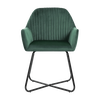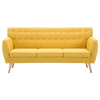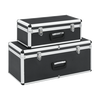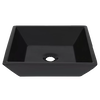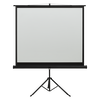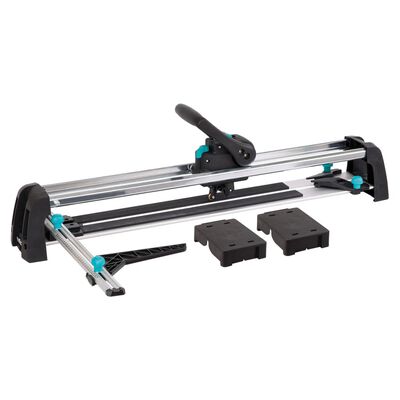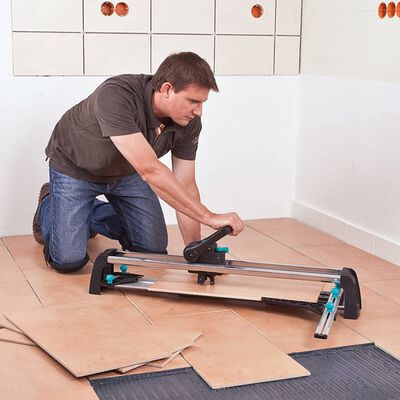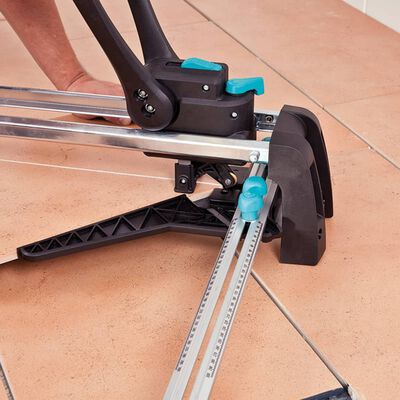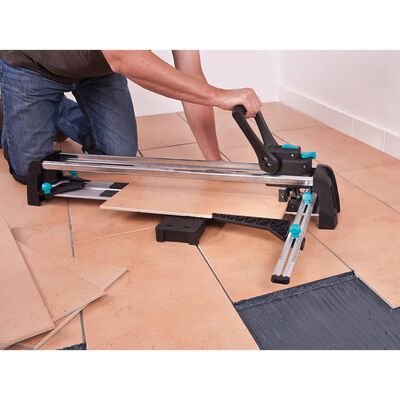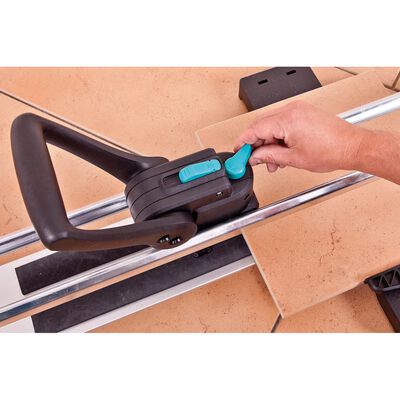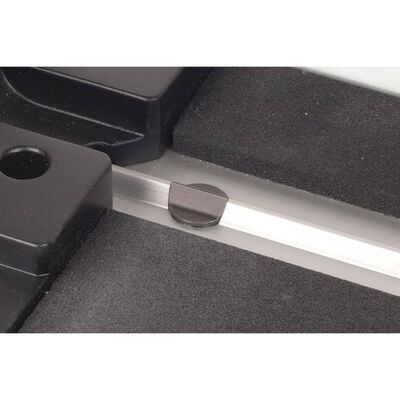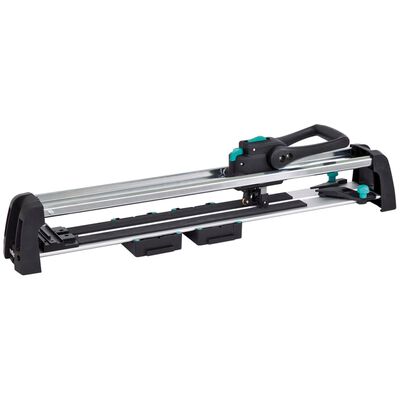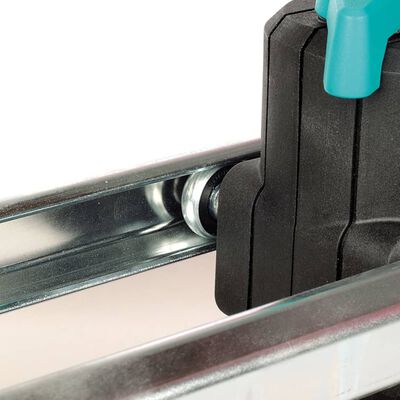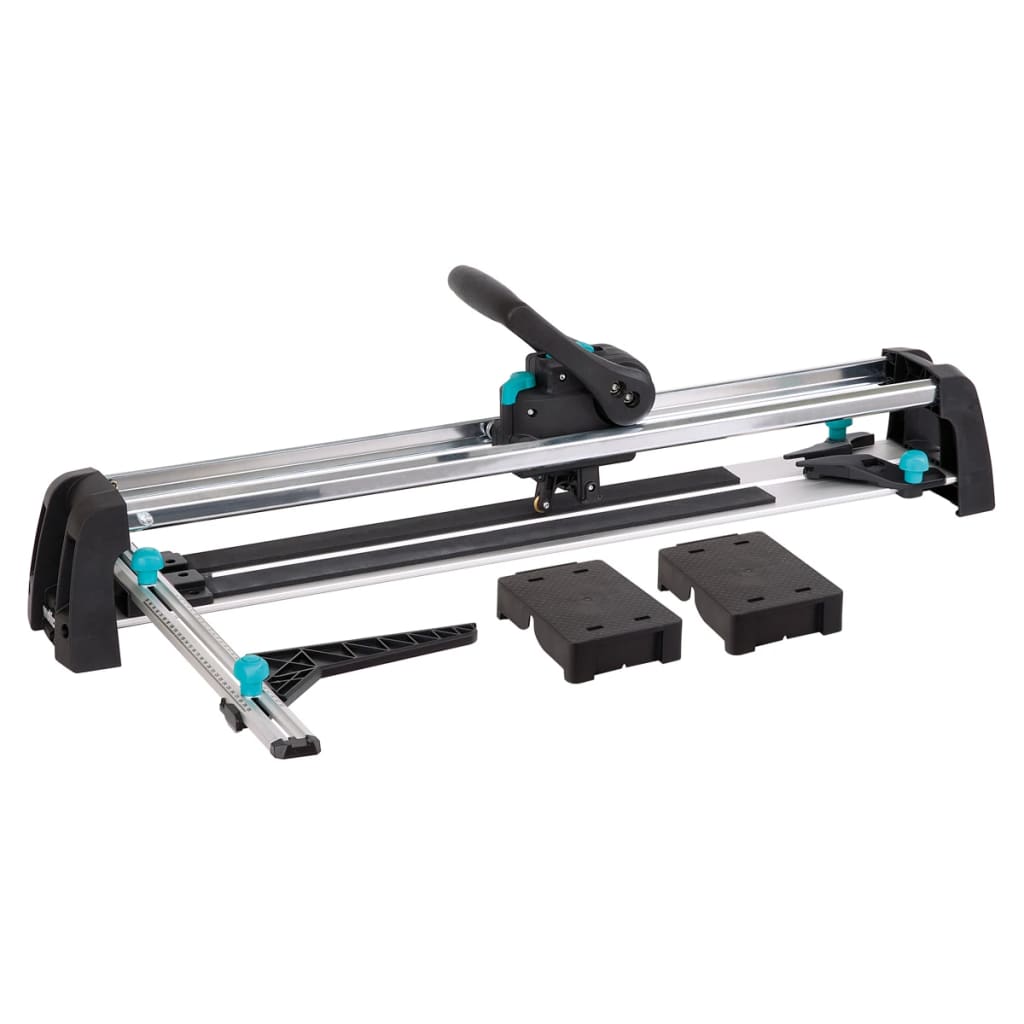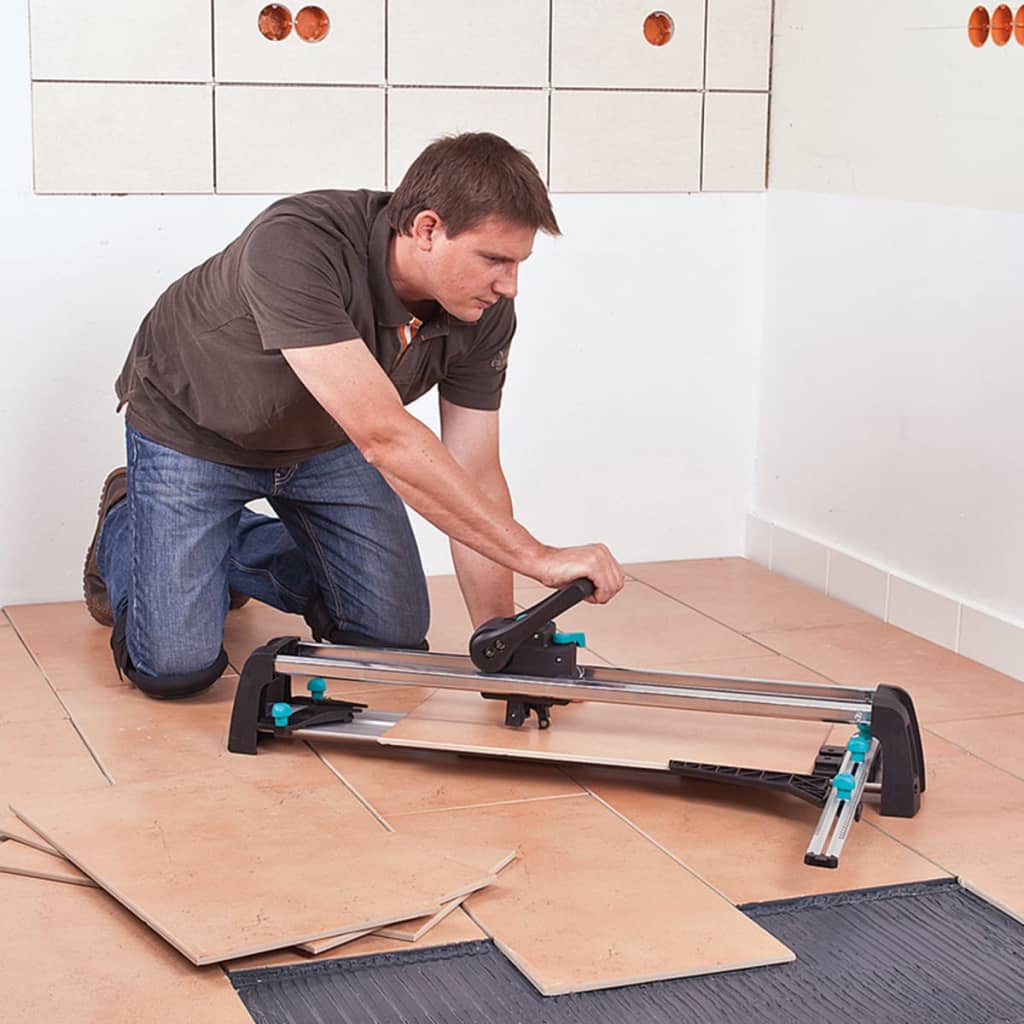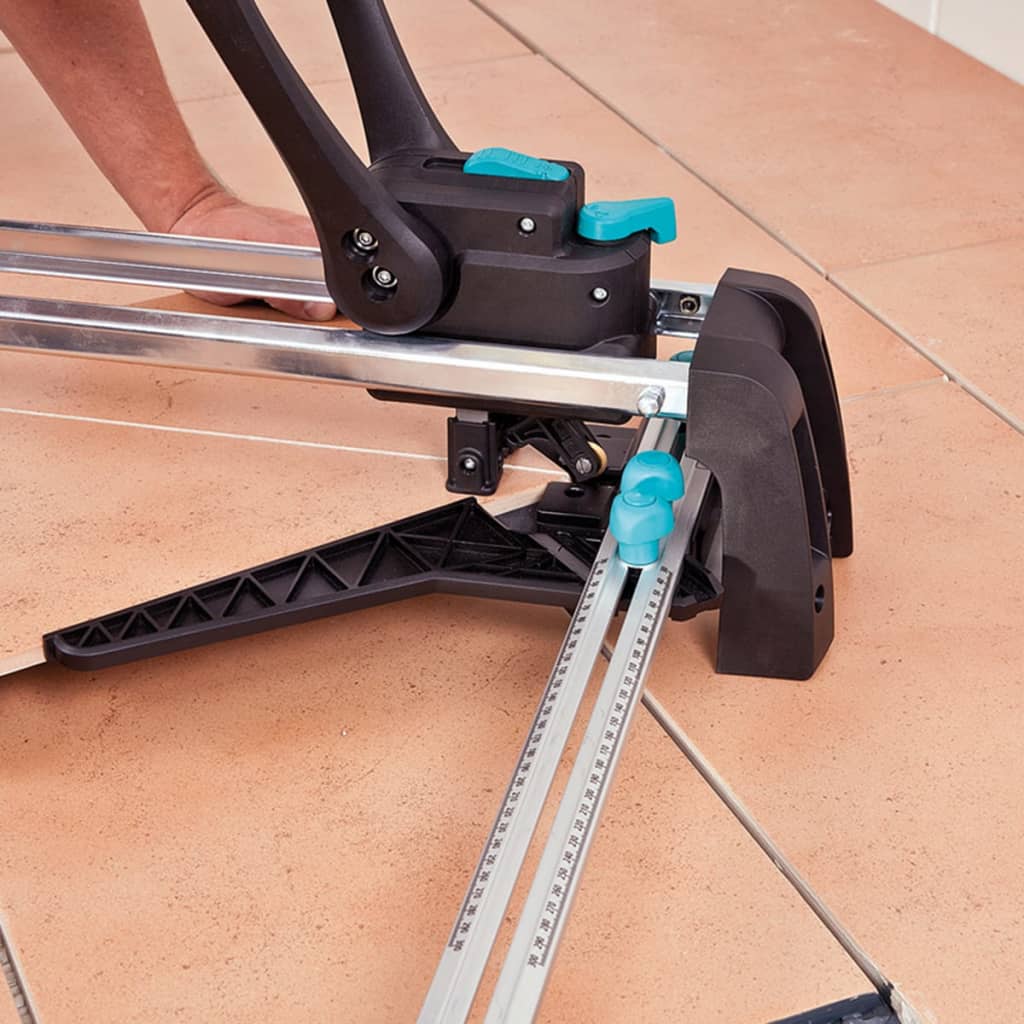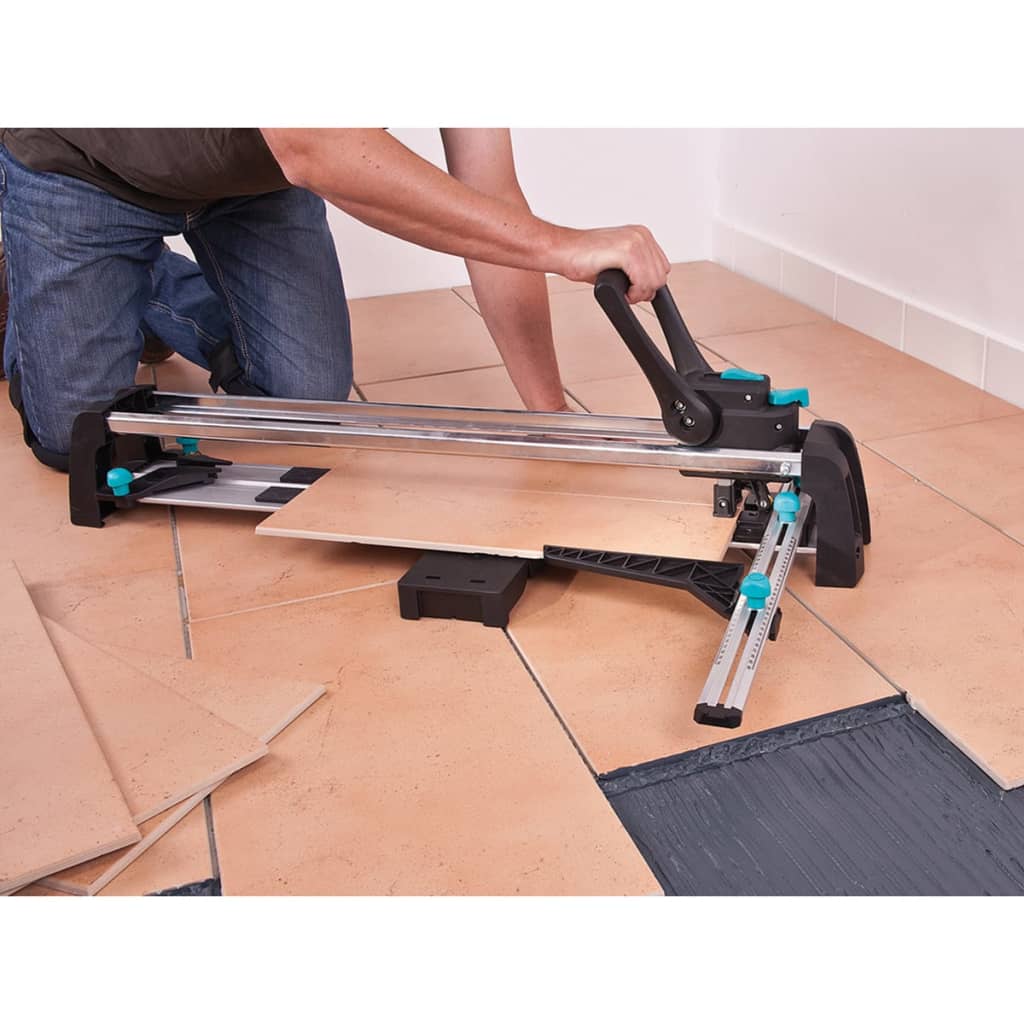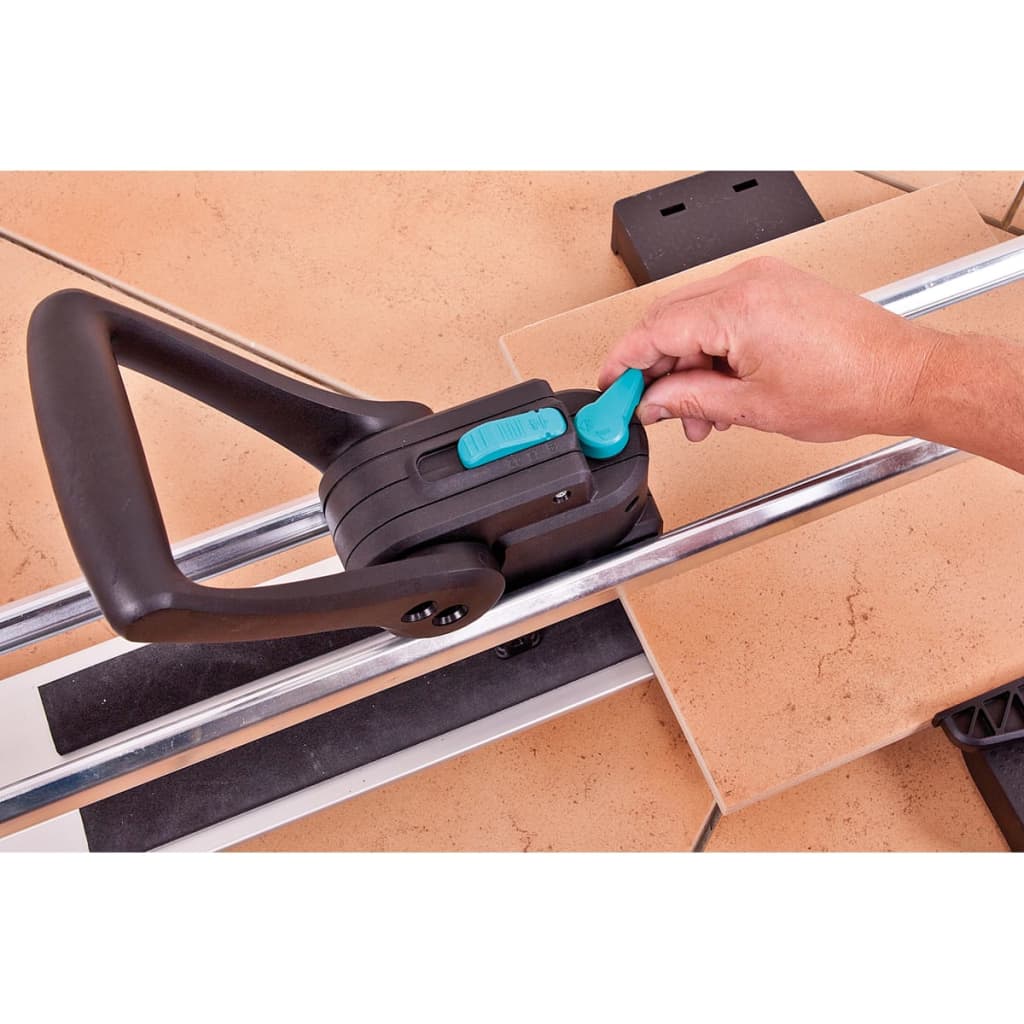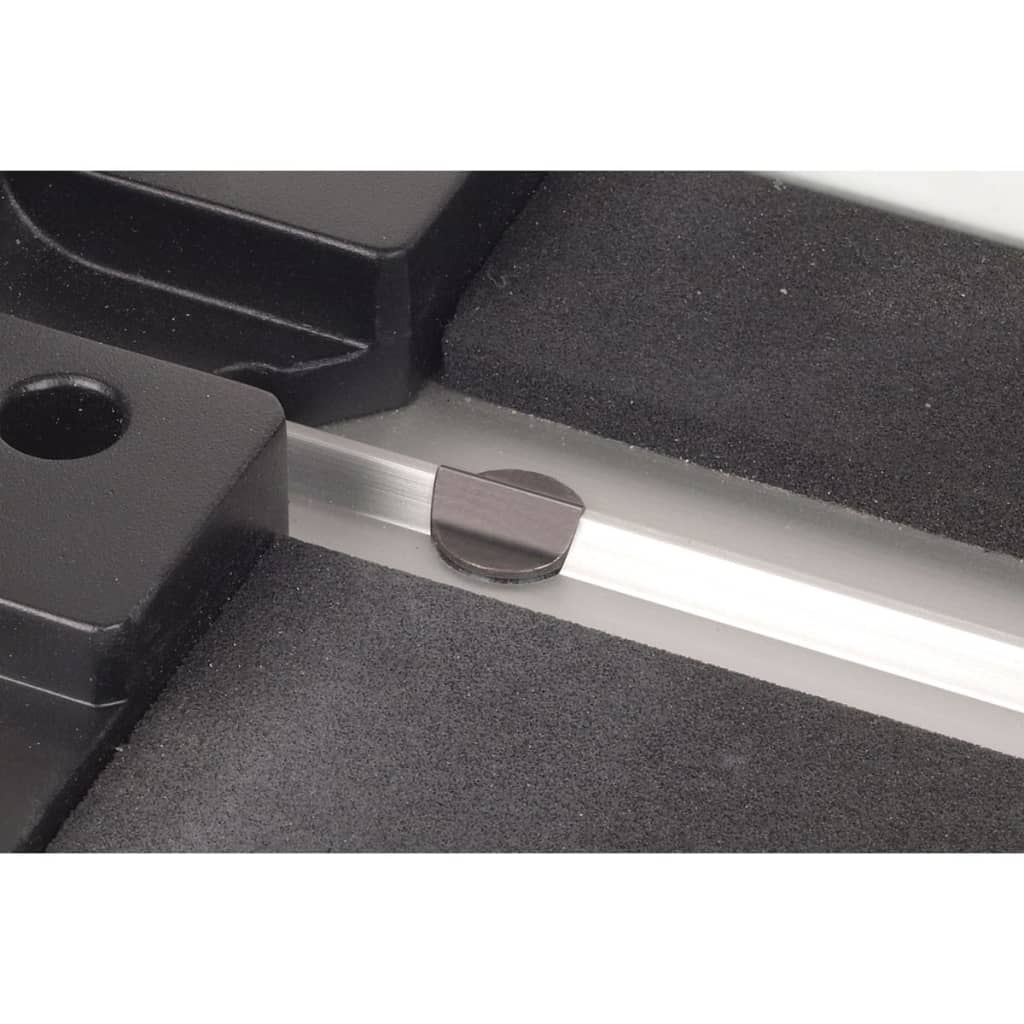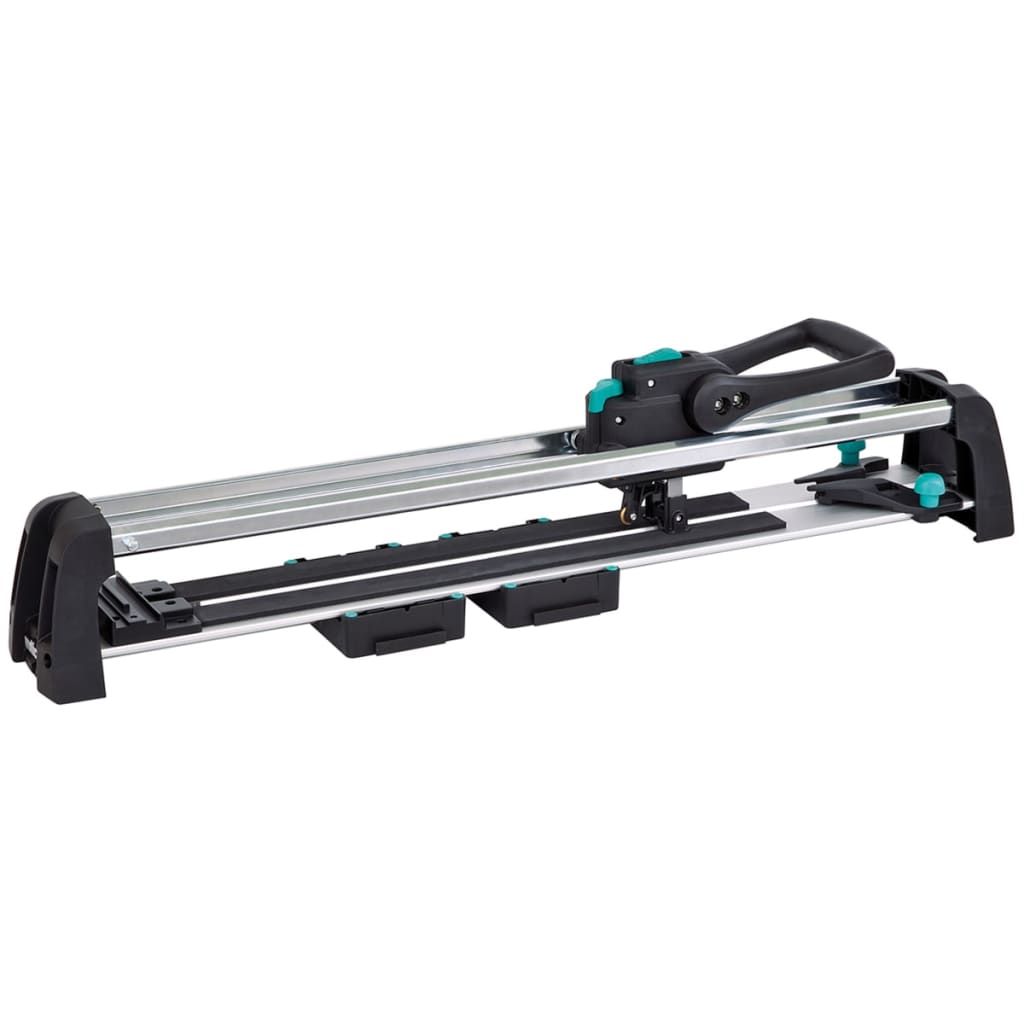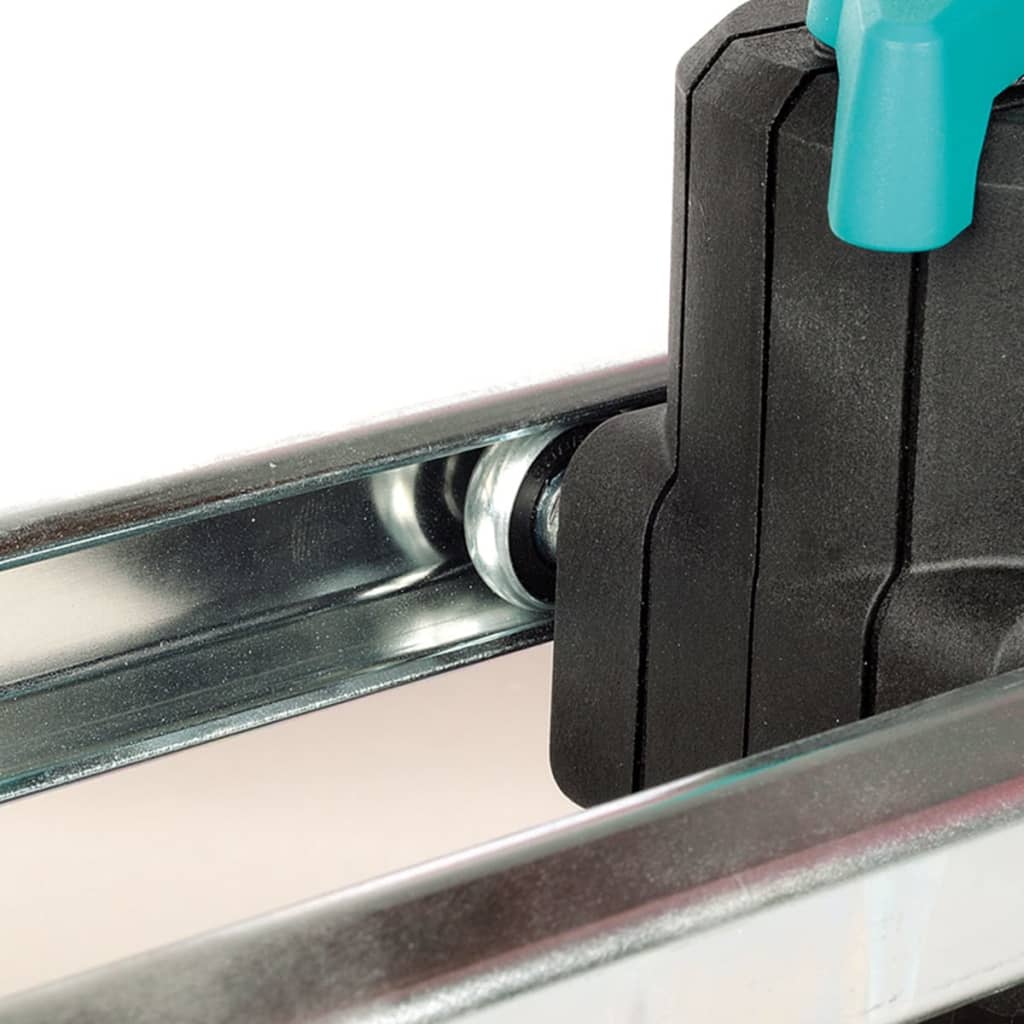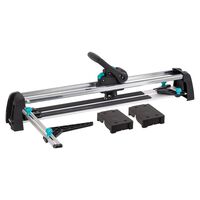GENERAL SAFETY INSTRUCTIONS • Keep your workplace clean and well lit. Poor housekeeping or unlit working areas may result in accidents. • Do not work with power tools in an explosive ambience, where flammable liquids are kept and where gas or dust occur. Power tools will generate sparks which might ignite the dust or vapours. • Keep children and other persons off your workplace, while using power tools. When getting distracted you can lose the control over the equipment. • The plug of the power tool must fit into the socket. The plug must not be tampered with. Do not use adapters together with grounded power tools. Unmodified plugs and matching sockets will reduce the risk of getting an electric shock. • Keep power tools out of the rain and away from wetness. Water penetrating into a power tool will heighten the risk of getting an electric shock. • When working with a power tool outside, use only extension cords that are suitable for outdoor use. Using an extension cord that is suitable for outdoor use will reduce the risk of getting an electric shock. • If it is unavoidable to use a power tool in a wet ambience, use a residual-current circuit-breaker. It will reduce the risk of getting an electric shock. • Take care of what you do and handle the power tool with care. Never use a power tool, when you feel tired or when you are under the influence of drugs of any kind or alcohol. One moment of inat-tentiveness while using the power tool can cause severe injuries. • Do wear suitable personal protective clothing and equipment, such as hearing protection, goggles, dust masks while doing dust-generating jobs as well as protective gloves, when processing rough materials and when changing tools. • Remove the setting tools or wrenches before switching on the power tool. A tool or wrench at-tached to a rotating part of the equipment may cause injuries. • Wear suitable clothes, i.e. no loose garments or jewellery. Keep your hair, clothing and gloves away from rotating parts. Loose garments, jewellery or long hair may be caught by such rotating parts. • Do not use power tools with a defective switch. A power tool that can no longer be switched on or off is dangerous and needs repairing. • Keep unused power tools out of the reach of children. Do not allow persons using equipment which they are not familiar with it, or persons who have not read these instructions. Power tools pose a danger, when being used by inexperienced persons.• Check before starting to work, whether equipment and tools function properly. Never work with damaged or blunt tools. • Have your power tools only repaired by duly qualified personnel. Demand original spares, so that the safety of the power tool remains ensured. • Pull the plug from the socket and/or remove the battery pack from the power tools before you change the setting of your equipment or before you replace any components. The unin-tentional re-start of a power tool may cause accidents. • Put up the machine table properly before installing the power tool. The table’s safe assembly is vital to prevent it from collapsing. • Do not process any other materials than wood or easily machinable plastic. • The machines used must conform to DIN EN 60745-1. Equipment built after 1995 must bear the CE sign. • Use the tools for their intended purpose only. • Make regular checks, whether all screws are tightened firmly! • Use the dust extraction of your hand-held circular saw. • Do not tamper with the guide bar to use other machines on the rail. • Make sure the saw blade always runs parallel to the carriage or to the guide bar.SAFETY INSTRUCTIONS FOR CIRCULAR SAWS • Apart from these machine-specific safety instructions, do also observe the safety instruc-tions for the hand-held circular saw you work with. • Only use hand-held circular saws with splitting wedge, with a maximum saw blade diame-ter of 200 mm and a maximum cutting depth of 66 mm. • Use only saws withi

